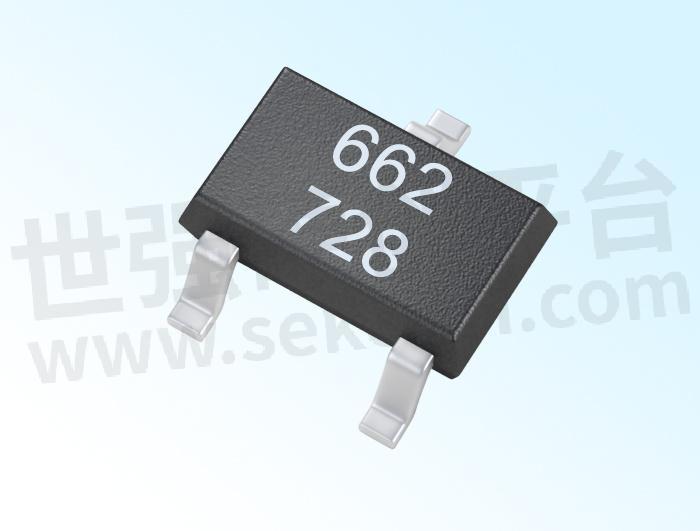Do You Know the Application of Hall Effect Sensors on Smartphones?

As a Latch Type Hall Sensor Factory, share with you.
These general-purpose sensors have a wide range of applications, among which Hall-effect sensors in mobile phones and other mobile devices can be used to detect flip covers that are usually equipped with magnets.
After closing the flip, the magnet will be brought to the Hall sensor on the smartphone or tablet. The flip cover provides a magnetic field to generate Hall voltage. When the Hall sensor detects this magnetic force, using the schmitt trigger in the circuit, the mobile device can perform a specific operation.
Hall Effect Sensor
By using the Hall-effect sensor, the screen can be disabled when the screen is covered, thereby extending battery life and making it unusable.
Hall Effect Sensors can be used in other devices because they are very small, easy to manufacture and inexpensive, and are not affected by temperature changes, which is especially useful for mobile phones.
Hall effect sensor measurement
Although Hall-effect sensors are mainly used to detect objects and spaces, they can also be used for current measurement. As mentioned at the beginning of this guide, the Hall effect is based on the relationship between a magnetic field and current, and the above devices use a magnetic field to generate current as an output.
By reversing this principle, you can also use a Hall-effect sensor for current measurement by passing current to obtain a magnetic field.
The current sensor is an important tool for monitoring the status of the equipment, detecting potential changes and ensuring the safe use of the equipment. Although pressure switches, optical sensors, and zero-speed switches were often used to monitor equipment in the past, measuring current input can provide a more accurate understanding of equipment performance.
Using digital or linear Hall-effect sensors to measure current is an effective method because these devices are based on the principle that for a given current, a proportional magnetic field is generated.
First, the digital Hall-effect sensor is composed of three key components: the core, the Hall-effect device and the signal conditioning circuit. When the sensor is opened and exposed to the magnetic field of the magnetic core, it generates a measurable potential difference (or voltage), which is then further amplified into a process level signal.
One of the main benefits of using Hall-effect sensors for current measurement is that they are completely isolated from the voltage being monitored, making them a safe way to test equipment without plugging them in. The measurement results on AC and DC power supplies are also accurate and repeatable, making digital Hall effect sensors ideal for current measurement.
- +1 Like
- Add to Favorites
Recommend
- Where Are Hall Effect Sensors Used?
- What Should You Know About Hall Effect Sensors?
- Hall Effect Sensors- Which Is Best for Your Design?
- 2 Reasons To Choose Induction Over Hall Effect Sensors
- How to Measurement Hall Effect Sensor?
- How to Distinguish Between Hall Sensor and Wiegand Sensor?
- SLKOR SLSS451A-9 Hall effect sensor: Stable and Reliable Multifunctional Components
- SLKOR Hall Sensor SL1619SH: The Extensive Application of Multifunctional Hall Sensors in Modern Life
This document is provided by Sekorm Platform for VIP exclusive service. The copyright is owned by Sekorm. Without authorization, any medias, websites or individual are not allowed to reprint. When authorizing the reprint, the link of www.sekorm.com must be indicated.






























































































































































































































































































































































































































































































































































































































































































































































































































































































